Poppy emergency. Cut flowers drooping badly
sunslight
18 years ago
Related Stories
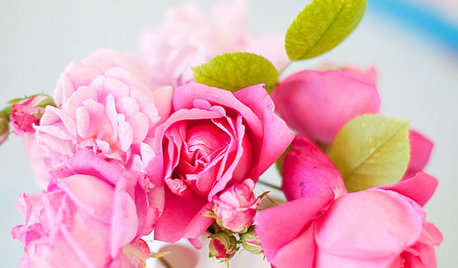
BUDGET DECORATINGSimple Pleasures: Treat Yourself to Cut Flowers
Enjoy priceless beauty with just a few inexpensive stems — and you don’t need fancy vases, either
Full Story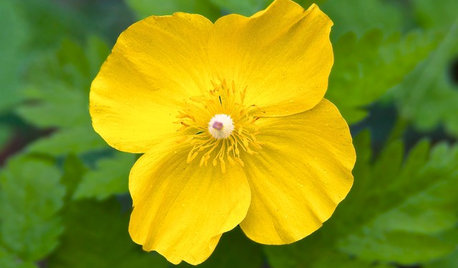
GARDENING GUIDESGreat Design Plant: Stylophorum Diphyllum
Appalachian native celandine poppy’s flowers and foliage combine to brighten a woodland garden well into summer
Full Story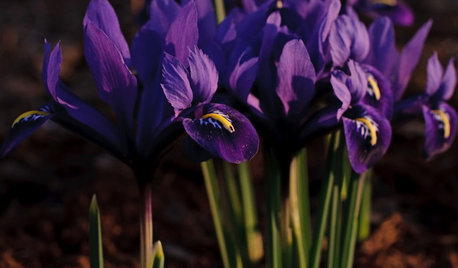
GARDENING GUIDESGreat Lakes Gardener's March Checklist
Spy emerging bulb blooms, raise an eye to the sky and cut back old foliage to prepare for bigger and better things to come
Full Story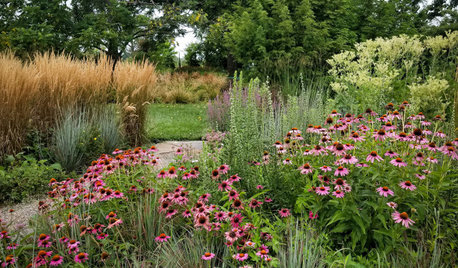
FALL GARDENING20 Favorite Flowers for the Fall Landscape
Vivid blooms and striking shapes make these annuals and perennials a delight in autumn gardens
Full Story
GARDENING AND LANDSCAPINGHighlights of the 2012 Chelsea Flower Show
At the legendary U.K. flower show, traditional topiary saw a resurgence, plant communities gained popularity and a new style made the rounds
Full Story
CONTAINER GARDENS7 Deer-Resistant Flowers for Your Summer Containers
Grow these as protection for edibles or just for their colorful beauty — deer might not like them, but everyone else will
Full Story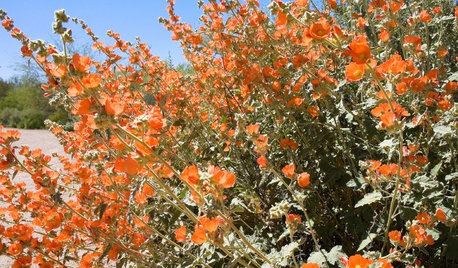
GARDENING GUIDESWarm Up Your Garden With Orange Flowers
Hummingbirds and butterflies are not the only ones who will notice when you introduce a blaze of orange into your garden
Full Story
GARDENING GUIDESAttract Hummingbirds and Bees With These Beautiful Summer Flowers
Roll out a welcome mat for pollinators to keep your landscape in balance and thriving
Full Story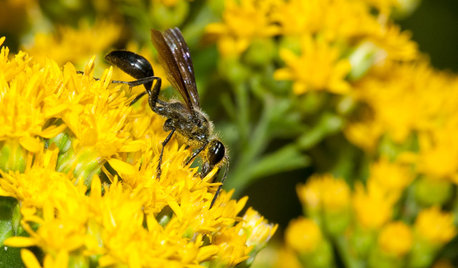
GARDENING GUIDESMeet the Grass-Carrying Wasp, a Gentle Pollinator of Summer Flowers
These fascinating insects nest in wood cavities and hollow plant stems
Full Story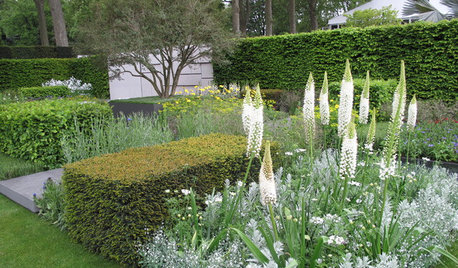
GARDENING GUIDESGreat Garden Ideas From the 2015 Chelsea Flower Show
Peruse inspiring plants, plant combinations and design ideas from London’s famed garden exhibition
Full StorySponsored






Noni Morrison
flowerfarmer
Related Professionals
Lowell Landscape Architects & Landscape Designers · Norton Shores Landscape Architects & Landscape Designers · Alamo Landscape Contractors · Coram Landscape Contractors · Cudahy Landscape Contractors · Englewood Landscape Contractors · Federal Way Landscape Contractors · Hilton Head Island Landscape Contractors · Hollywood Landscape Contractors · Rochester Landscape Contractors · Southbury Landscape Contractors · West Coon Rapids Landscape Contractors · West Covina Landscape Contractors · Woodbury Landscape Contractors · Palos Heights Landscape ContractorssunslightOriginal Author
goodscents
Jeanne_in_Idaho
flowerfarmer
DapperDahlia
Jeanne_in_Idaho
flowerfarmer
anniew